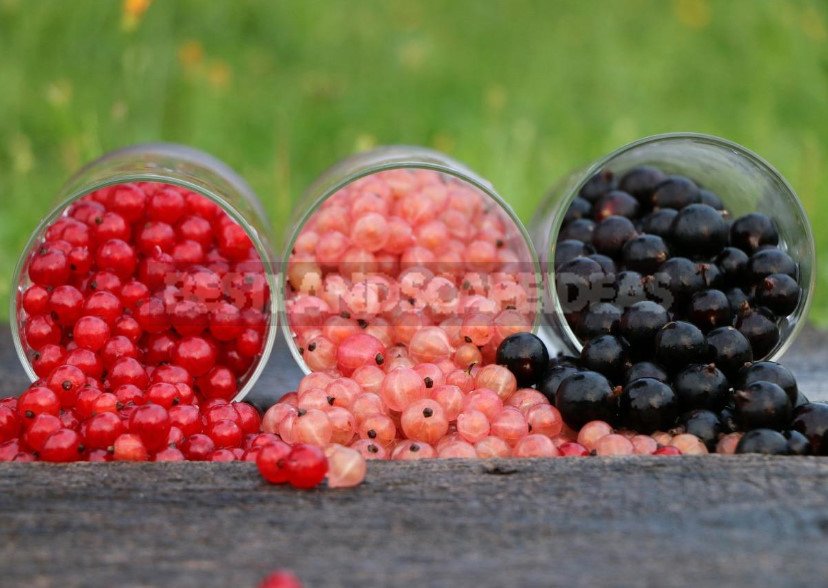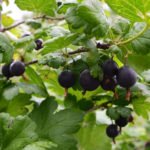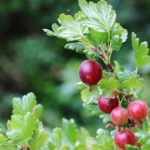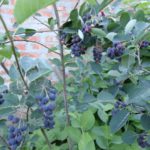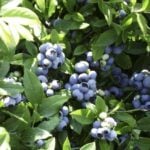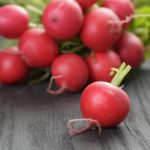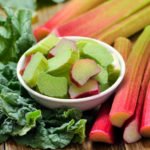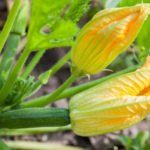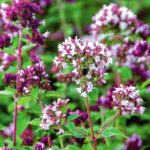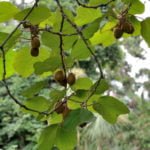Genus of currants (Ribes) belongs to the family Grossulariaceae and includes about 150 species native to the cold and temperate zones of Europe, Asia, Africa, North and South America. In culture, only a few of them are represented, however, the breeding process gradually includes previously unused species.
Ribes nigrum
Ribes nigrum-the most common in the culture and widely known type of currant. The leaves have a characteristic smell, and the black – colored fruits have a characteristic taste. Through the efforts of breeders obtained its many varieties, differing in height and shape of the Bush, resistance to diseases and pests, yield, size, taste, biochemical composition of the fruit, etc.

The last time the black currant is often crossed with the closely related species R. americanum, R. dikuscha and R. pauciflorum and others.
Ribes rubrum
Ribes rubrum, along with Ribes vulgare, is a group of red currants. Their fruits are usually red-colored, which is reflected in the name.
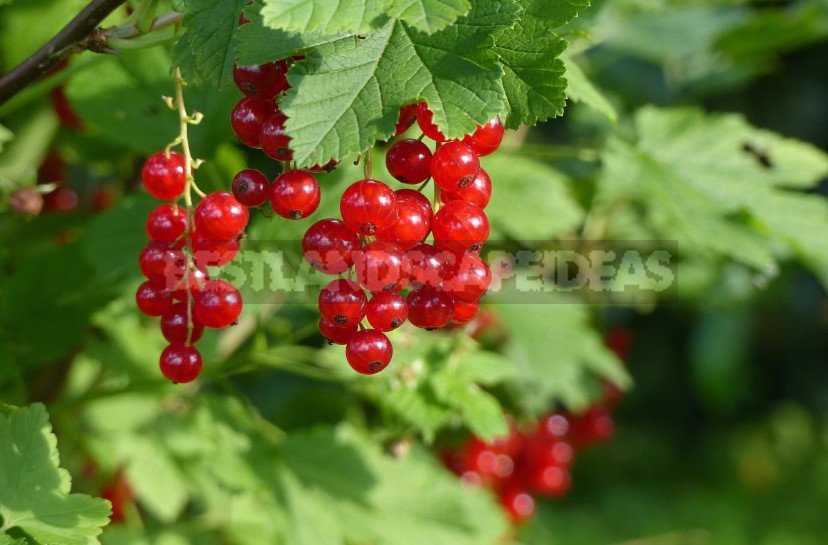
There are many varieties of red currants.

White currant from a biological point of view is a kind of red currant, in the fruits of which there are no pigments. She doesn’t have many varieties.
Ribes aureum
Homeland Ribes aureum-Rocky mountains of North America. The plant is a slightly branched shrub up to 2 (rarely up to 2.5-3) meters. The leaves are small, three-lobed, glossy, in shape and size similar to the leaves of gooseberries. They do not have a characteristic currant smell and fall beautifully painted in purple tones. The flowers are small, tubular, Golden-yellow, with a strong spicy aroma, reminiscent of the smell of cinnamon.

It flowers in may 10-20 days. The flowers are collected in dense drooping racemes. Fruits are round, from small to large, with a long dry perianth. The color of the fruit can be yellow, orange, brown, black. They ripen in August, unevenly, but Mature fruits do not crumble for a long time. Berries are eaten fresh and used for processing. Their taste is peculiar, pleasant, refreshing.
Ribes sanguineum
Homeland species-Western North America. In natural conditions, Ribes sanguineum is a shrub 2-3 m high. Leaves 3-5-lobed, dark-green, bottom white-tomentose. Petioles pubescent, glandular. Blooms in may for 3-4 weeks.

The flowers are fragrant, five-membered, usually red (there are forms with white, pink, purple, double flowers). The fruits are black, covered with a rich waxy coating, which look gray. They ripen in August.
Features of currant cultivation
Currant is unpretentious, but for the most decorative effect and obtain good yields it is necessary to create optimal conditions. She prefers the middle of the structure, fertile, normal moisture supply of the soil to slightly acid reaction. On heavy clay soils, in the lowlands with stagnant water develops poorly. Inhibit the development of currants and closely located groundwater (1-1. 5 m from the earth’s surface).
When placing currants on the site, preference should be given to places well-lit by the sun throughout the day. Currants can tolerate shading, but this is to the detriment of flowering and fruiting.

To obtain good yields on the site should be planted at least three different varieties of the same species. This is due to the fact that most of its varieties are self-fertile.
Currant is a rather drought-resistant crop, but in the long absence of precipitation it is desirable to irrigate it. It is responsive to fertilization, fertilizing, mulching, shallow soil loosening, weed removal.
Currant bushes need regular pruning (optimal timing for this procedure – late autumn or early spring). At the same time, shoots older than 5-6 years are removed (they bloom poorly and bear fruit), as well as thickening, weak, damaged, violating the shape of the Bush.
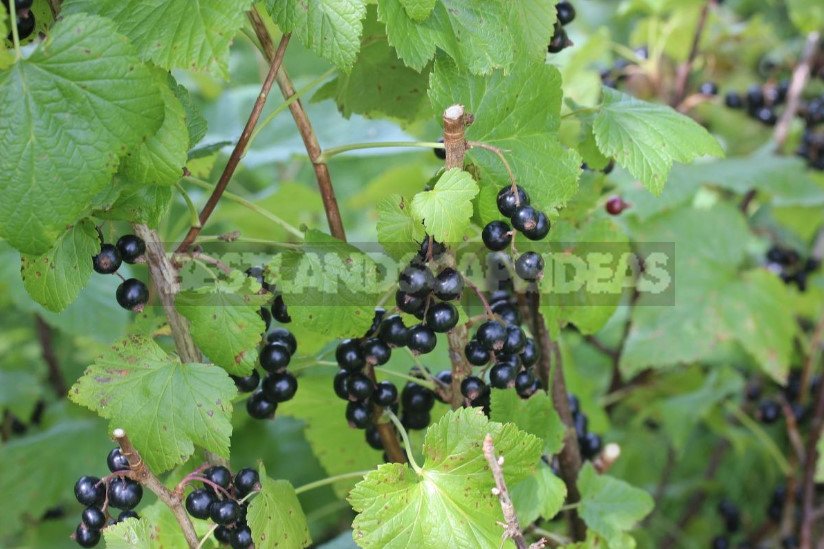
When landing at the biennial seedlings of black currant all the available shoots cut at a height of 15 cm, leaving 2-4 well-developed buds on each shoot, and planted in a permanent place with a slope of 45 degrees, their buried root collar at a depth of 6-8 cm Other species of currant are planted without rotation and shortening of the shoots.
All of these types of currants, with the exception of Ribes sanguineum, are highly winter-hardy and well tolerated without shelter frosty winters. Ribes sanguineum is characterized by low winter hardiness, and its shoots for the winter is desirable to bend to the ground and cover, but the subsequent beautiful abundant flowering handsomely pay for such work.
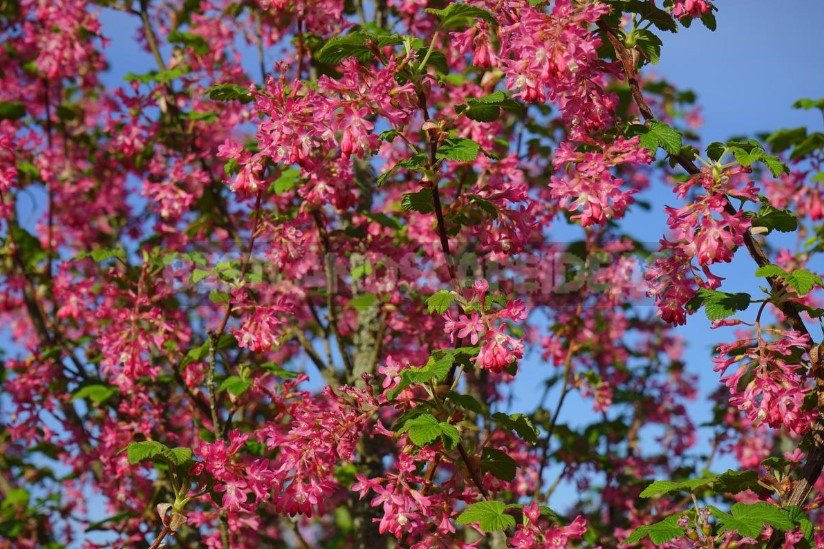
Black and red currants can be affected by pests and diseases, so measures are needed to prevent their appearance and development. Ribes aureum and Ribes sanguineum diseases and pests are practically not affected.
Currants are propagated by dividing the Bush, root suckers, layering, green and woody cuttings, tissue culture. For decorative purposes, Ribes aureum and Ribes sanguineum can be propagated by seeds.
Currants – not only berry, but also decorative culture
Currant is usually used exclusively as a berry plant, but it is also suitable for decorative gardening.

In the flowers of black and red currants dominated by green tones, and on the background of their foliage inflorescence faintly visible. All kinds of currants are decorated with ripening berries.
Black currant has several decorative forms: f. heterophylla, f. marmorata, f. variegata. Interesting forms of currant Ribes sanguineum with white, pink, red, purple, double flowers.
Currants can be used both in single and in group plantings. It is easy to form hedges and curbs of different heights. You can include it in the composition of mixed borders, trees and shrub groups.
Very interesting look stamb currant shape. Use direct trunk Ribes aureum, which is way superior copulation in spring (the period of active SAP flow) at a height of 50-100 cm grafted sapling currant. Due to the high winter hardiness of the rootstock and Scion such stamb plant does not need to bend to the ground and shelter.
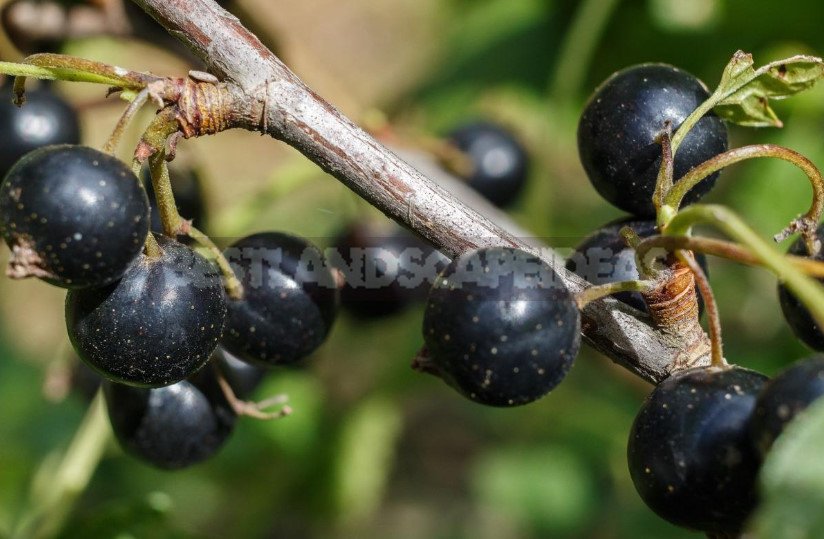
Currant berries are valuable because they contain many biologically active substances: vitamins a, B1, B2, B6, C, K, p, PP, pectin, sugars, organic acids, macro – and microelements.
As a culture of triple use of currants worthy to settle in every garden.
